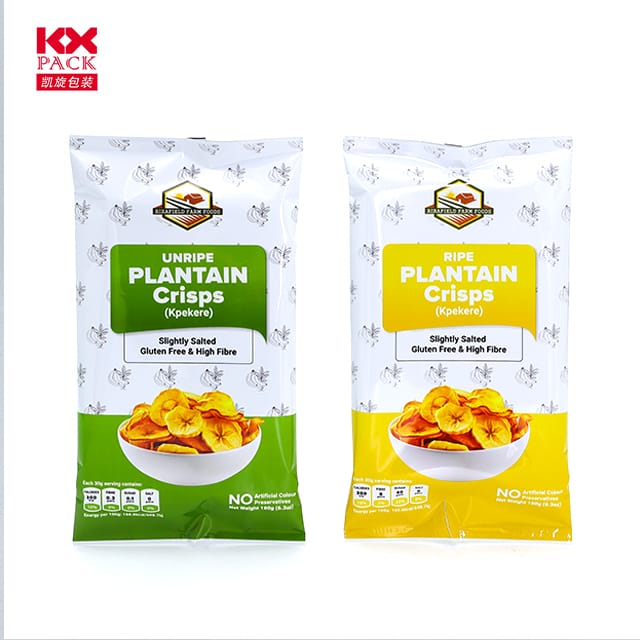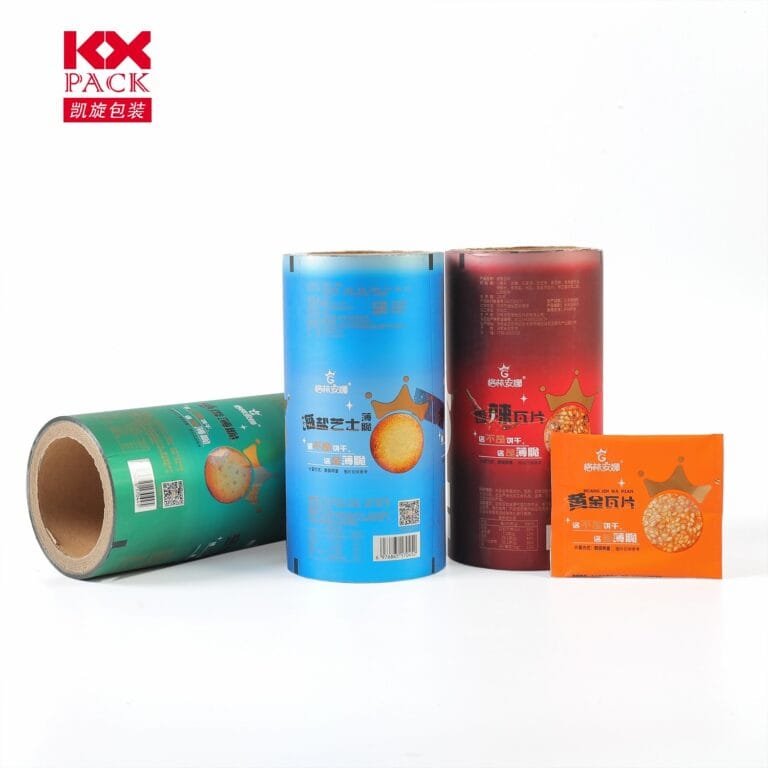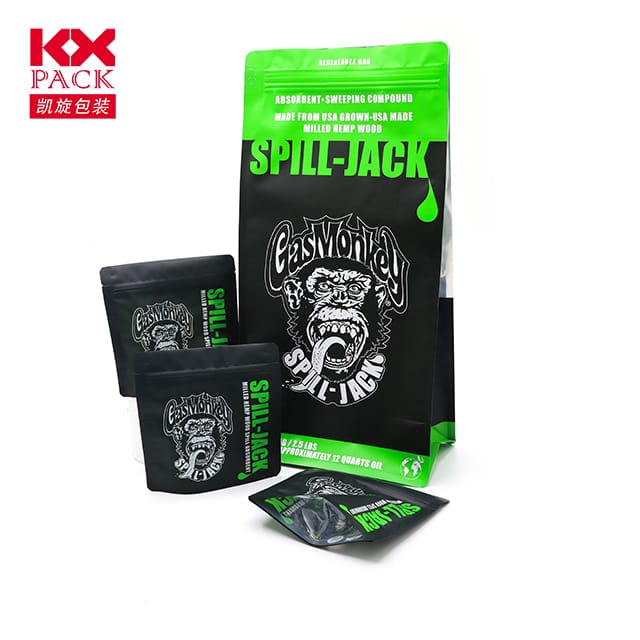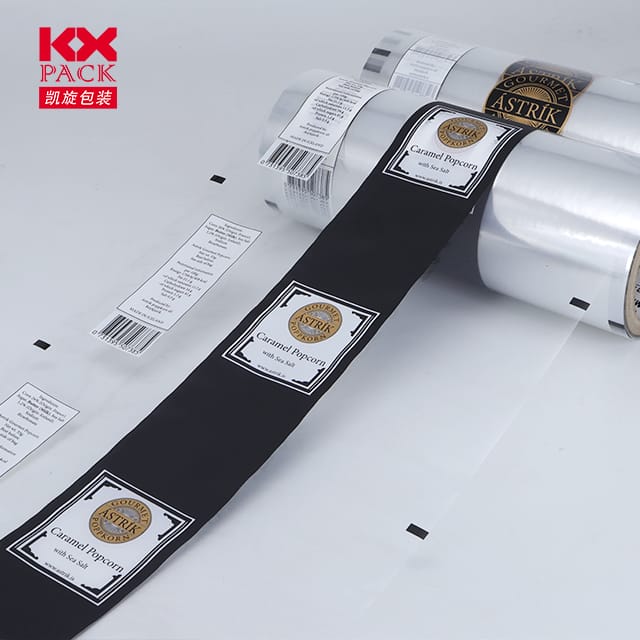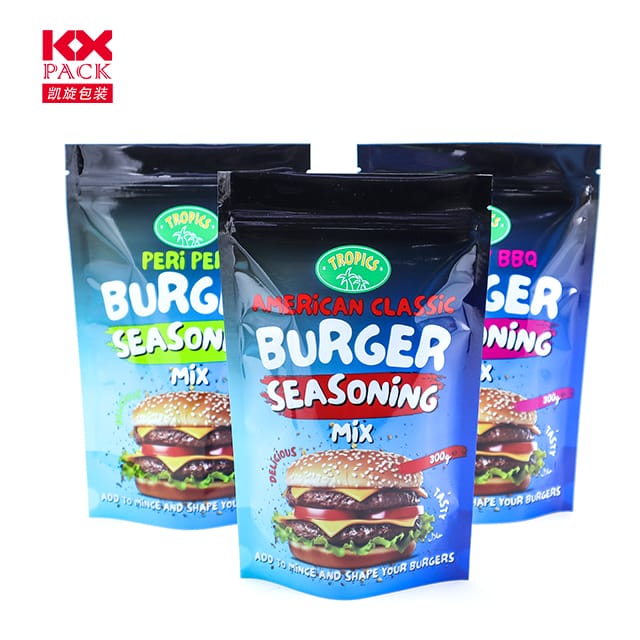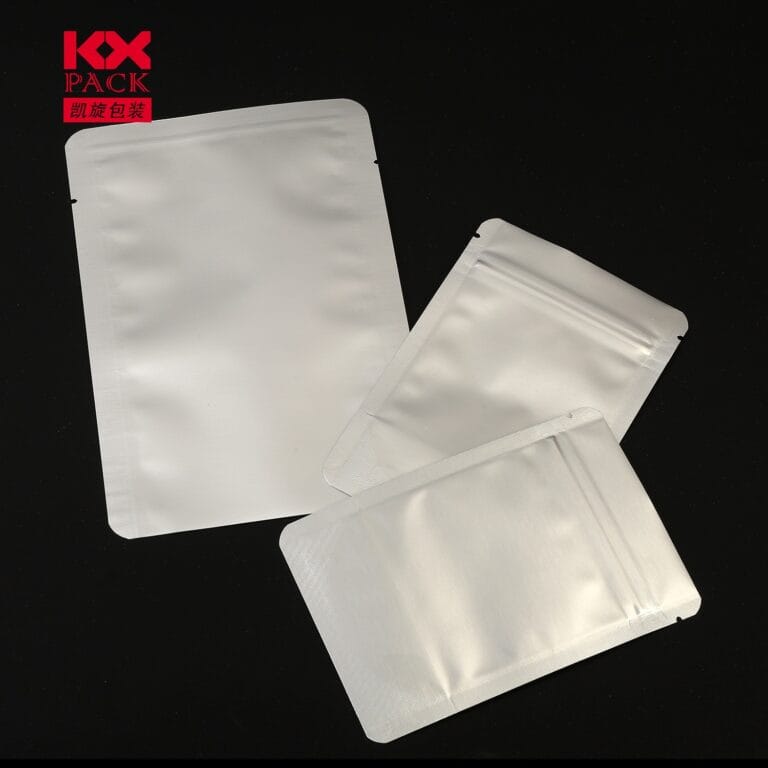Desembolicant la Veritat: L'impacte de la pel·lícula plàstica d'embolcall d'aliments i les alternatives sostenibles(7)
Film de plàstic d’embolcall d’aliments
In our fast-paced lives, l'embolcall de plàstic s'ha convertit en un element bàsic de la cuina: enganxós, convenient, i aparentment indispensable. Però a mesura que creixen les preocupacions mediambientals, és hora de mirar més de prop el prim, film transparent que fem servir diàriament. Anem a desembolicar els fets sobre la pel·lícula de plàstic per embolicar aliments, el seu impacte, and how we can make smarter choices.
What Is Food Wrapping Plastic Film?
Film de plàstic d’embolcall d’aliments, often called “embolcall de plàstic” o “cling film,” is typically made from polietilè (PE), a lightweight and flexible plastic polymer. It’s designed to cling tightly to containers, keeping food fresh by blocking air and moisture. While it’s undeniably handy for covering leftovers, Envoltant entrepans, or storing produce, la seva comoditat té un cost.
The Environmental Toll
- Single-Use Plastic Waste
Plastic wrap is a single-use item, meaning it’s used once and discarded. Només que 9% of global plastic waste is recycled, i Film de plàstic d’embolcall d’aliments is notoriously difficult to recycle due to its thin, stretchy texture. Most ends up in landfills, where it can take centuries to decompose, or worse—pollutes oceans and rivers. - Microplastic Contamination
As plastic film breaks down, it fragments into microplastics, which infiltrate soil, water, and even the food chain. Studies show humans ingest Fins a 5 grams of microplastics weekly via food and water—a concerning statistic with unknown long-term health impacts. - Carbon Footprint
The production of plastic film relies on fossil fuels, contributing to greenhouse gas emissions. Manufacturing just 1 kilogram of polyethylene generates around 2.3 kilograms of CO2.
Is There a Safer Alternative?
Sí! Eco-conscious brands and individuals are pioneering alternatives that balance practicality with sustainability:
- Reusable Wraps
- Embolcalls de cera d'abella: Coated in beeswax, oli de jojoba, i resina d’arbre, these cloths mold around containers and can be washed and reused for up to a year.
- Silicone Lids: Stretchy, airtight lids that fit over bowls and containers, dishwasher-safe and durable.
- Pel·lícules compostables
Made from plant-based materials like cornstarch or potato starch, these films break down in industrial composting facilities. malgrat això, they’re not suitable for home composting and require specific conditions to decompose fully. - Envasos de vidre o acer inoxidable
Ditch single-use plastics entirely with airtight containers that last a lifetime. Pair them with silicone lids or cloth covers for zero-waste storage.
How to Reduce Your Plastic Film Use
- Compra a granel: Purchase larger quantities of food to minimize packaging waste.
- Plan Meals: Reduce leftovers by cooking only what you need.
- Alternatives de bricolatge: Make your own beeswax wraps using fabric scraps and beeswax pellets.
- Reciclar bé: Check local recycling guidelines—some areas accept clean plastic wrap for recycling.
El futur de la preservació dels aliments
Innovation is key. Companies are exploringedible coatings (made from ingredients like chitosan or lactic acid) imycelium-based materials (fungal networks that biodegrade naturally). While these solutions are still emerging, consumer demand can drive their adoption.
Your Choice Matters
Every time you reach for plastic wrap, remember: There’s a more sustainable way to protect your food. By opting for reusable or compostable alternatives, you’re not just preserving freshness—you’re helping preserve the planet.
Let’s cling to change, not plastic. 🌍
Has this inspired you to rethink your kitchen habits? Share your favorite eco-friendly food storage hacks below!
Keywords: Film de plàstic d’embolcall d’aliments, sustainable alternatives, plastic pollution, eco-friendly kitchen, compostable wraps, microplastics, reusable containers

